From Gust to Grid: How wind energy powers our lives
Many misconceptions and outdated assumptions about the wind industry persist, with subjective interpretations formed on a limited factual basis. In this article, we invite you to actively challenge your perception biases, and to reframe challenges - real or perceived - as opportunities for growth.
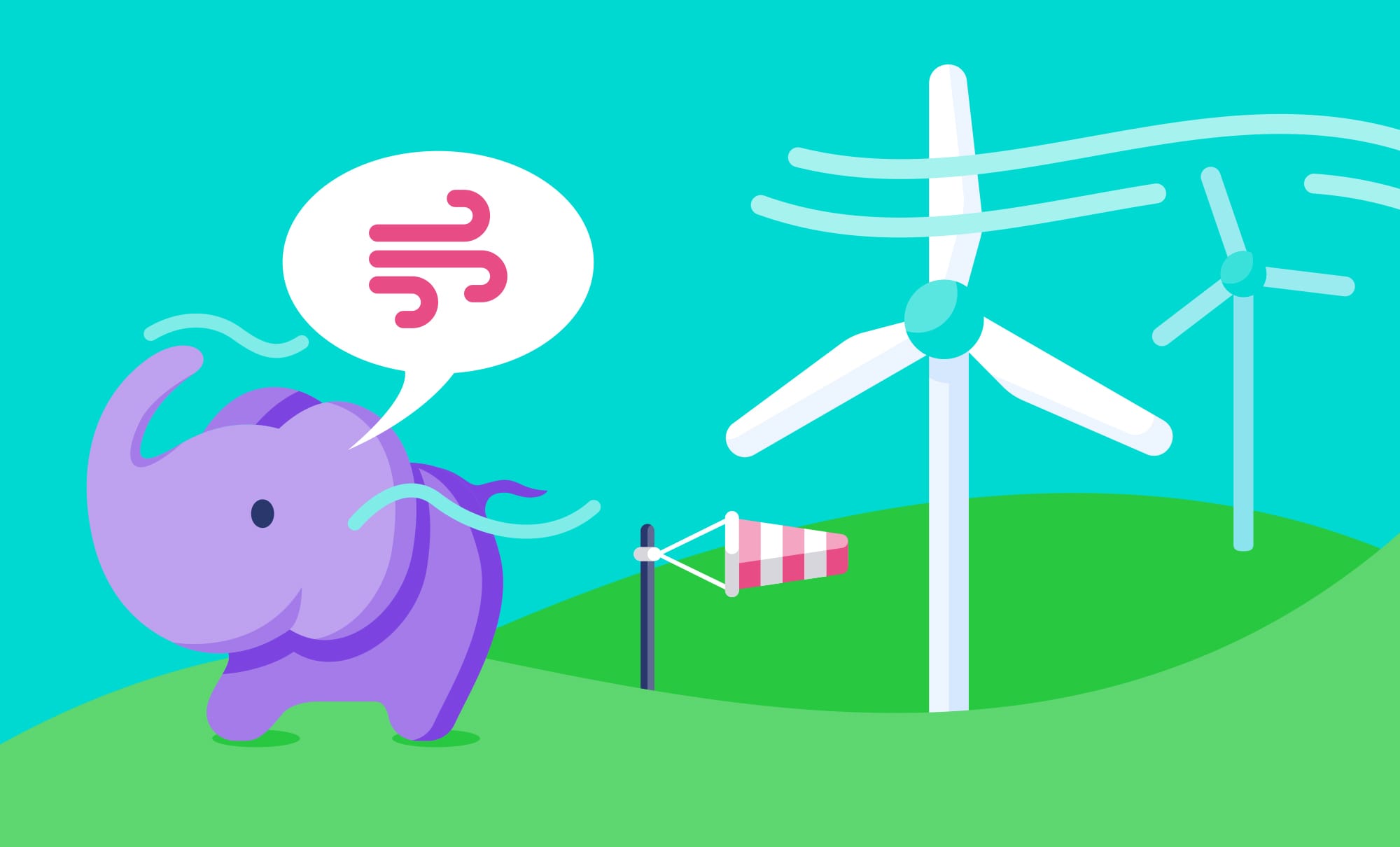
It's Global Wind Day 2024, and we're at a pivotal point in our battle against climate change. The International Energy Agency says that greenhouse gas emissions must peak by 2025 at the latest, and decline 43% by 2030, in order to achieve the Net Zero by 2050 target, which is consistent with the 1.5°C threshold. By 2030, the world will also need to have tripled its renewable power capacity. As a free and unlimited source of clean energy, wind has a vital role to play.
The good news is that we already have the technologies for the job in hand. The 1973 oil crisis was a major catalyst for change, driving a huge push to scale up energy efficiency and nuclear power. But because many countries were going from a standing start, it took many years to ramp them up, while some other key technologies like wind and solar were still emerging.
Today, wind and solar are well established and readily available. And the World Energy Outlook 2023 report shows that clean energy deployment is moving faster than many people realise. So while we are dealing with an acute climate crisis, we’re much better prepared than we were 50 years ago. We know what we need to do, and where we need to go.
Cutting-edge climate tech solutions, many years in the making, will be brought to market. And innovative tools like the Smart Energy Traffic Light System created by EnergyElephant will help people make better energy and sustainability decisions using their data.
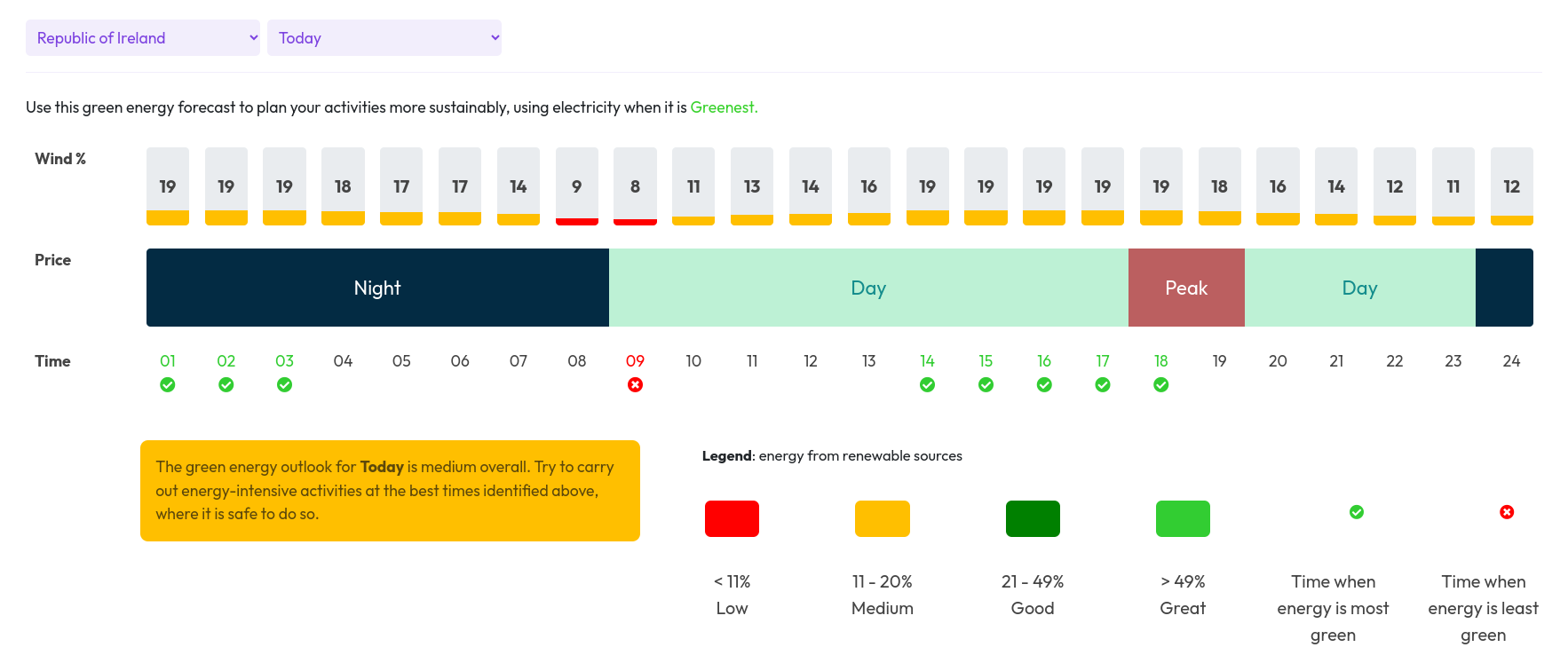
Advantages of wind
Wind as a source of renewable energy has expanded considerably in the last four decades, and the Global Wind Energy Council’s Global Wind Report 2024 highlights increasing momentum on the growth of the wind industry worldwide.
At a policy level, countries have set clear ambitions for wind growth and are backing this up with strategies that show a path forward for turning development projects into renewable energy generation at scale. In 2023, 54 countries - representing all continents - installed new wind energy capacity. And global cumulative wind power capacity (onshore and offshore combined) passed the first 1 TW milestone.
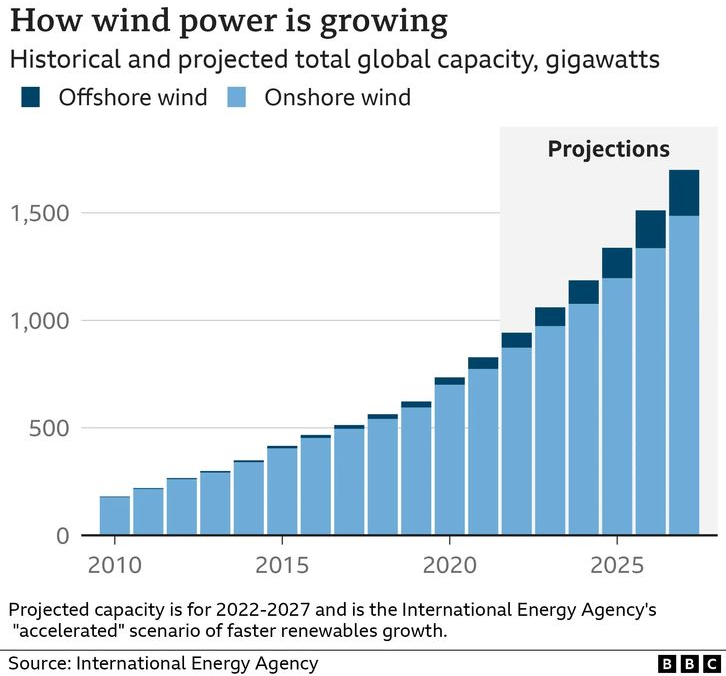
The deployment of increased wind power capacity is not without its challenges, and below we highlight some of the key issues, including potential solutions and some really exciting industry developments.
Financing costs
Wind speeds, water depths, and ground conditions off coastlines present opportunities for both fixed bottom turbines and evolving technologies such as floating offshore wind. But increases in financing costs have the biggest impact on these kinds of large-scale projects.
The progress of electrification will depend on reducing the cost and improving the availability of capital. This is of particular importance for emerging markets and developing economies, many of which are currently struggling to raise the capital needed to finance their transitions.
Shortage of skilled labour
Tight labour markets and a shortage of skilled labour have recently contributed to disruptions and project delays in parts of the electricity sector, most notably for offshore wind.
This underlines the need for collaboration and investment in education and training programmes to develop a skilled workforce capable of supporting the construction, operation, and maintenance of key clean electricity technologies.
Rising demand for critical minerals
As the clean energy transition accelerates, so too does the demand for critical minerals. Copper, for example, is an essential component for low-emissions power generation technologies such as wind turbines and batteries. And rare earth elements are used to manufacture the permanent magnets for the motors of direct drive and hybrid wind turbines.
There is also an increased need for storage technologies to complement the rise in renewable electricity, and with lithium-ion batteries being the fastest-growing electricity storage technology in the world, lithium is indispensable.
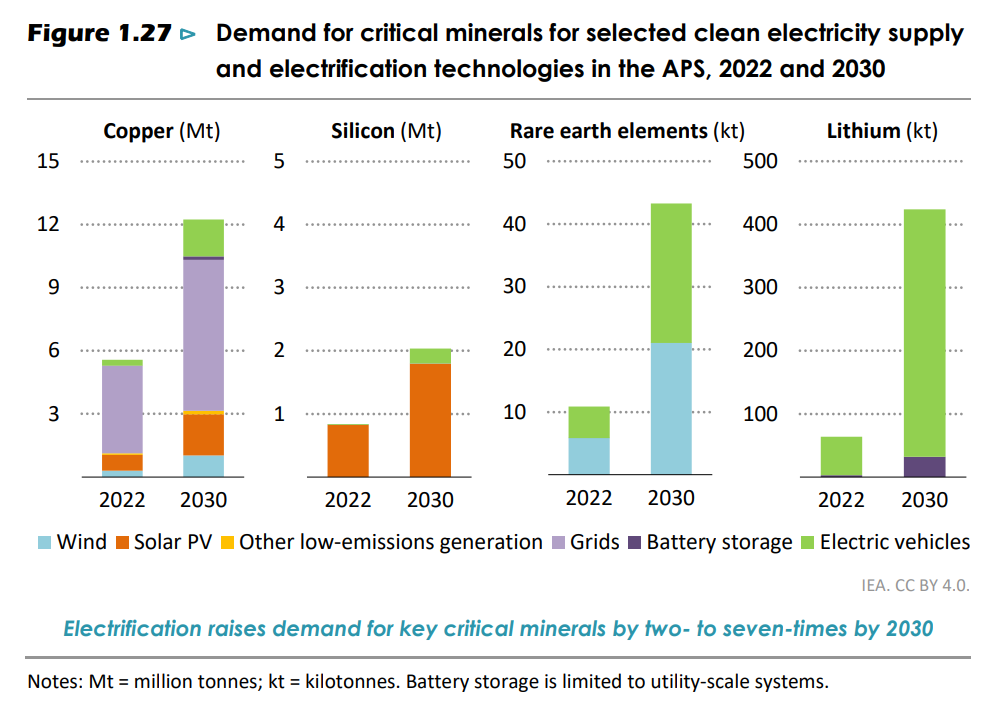
The mining and processing of certain critical minerals is heavily concentrated geographically, which creates a security of supply risk. Long lead times for mines and the associated infrastructure also means that scaling up critical mineral supplies takes time, raising the risk of supply bottlenecks.
To mitigate these risks, governments and industry need to establish a more diversified network of international producer-consumer relationships. They also need to ensure critical mineral supplies scale up fast enough to meet growing demand, and that supply chains apply ESG (Environmental, Social, and Governance) standards to their production and processing.
Limitations of steel
The global wind industry is currently erecting 20,000 wind turbines a year. Each of these should be in service for at least 25 years. While manufacturing and constructing wind turbines does produce some emissions, after just six months of operating, a typical wind turbine will have paid back the emissions emitted during the course of manufacturing it.
To reach stronger and more stable winds and produce more energy, however, the demand for taller turbines has grown, which means the diameter of the cylindrical steel towers to support them has also had to grow. The industry now wants to build turbines with a 300 m blade tip height, which means a tower height of 200 m or more. Faced with the logistical nightmare of getting these massive hunks of metal to turbine sites, there was a pressing need for alternative technologies to steel.

Enter ambitious Swedish startup Modvion, which is bringing to market the next generation of tall towers in engineered wood with a patented modular design. The use of wood enables radical reductions in carbon emissions, making it possible to generate net-zero energy from wind power. And the modular system enables ease of transport for the installation of tall towers, particularly in challenging locations. (For offshore projects, which can be reached using large ships, the modular transport benefits are less pronounced.)
Jan Hagen, chief technology officer for northern and central Europe at renewable energy giant Vestas, which has installed more wind power capacity than any other company around the world, says they see "tremendous potential" in the market for taller turbines, with wooden turbines "particularly well suited" to play a role.
Threat to birds
Wind farms can present three potential risks to bird populations: Collision or interaction with turbine blades, habitat loss through wind farm construction and operation, or displacement of migratory routes. However, it has been proven that an optimally sited wind farm has limited impact on birdlife.
In fact, numbers aggregated by the US Fish and Wildlife Service show that annual bird deaths caused by collisions with onshore wind turbines (234,000) pale in comparison to bird deaths caused by collisions with building glass (600 million), and bird deaths caused by domestic cats (2.4 billion).
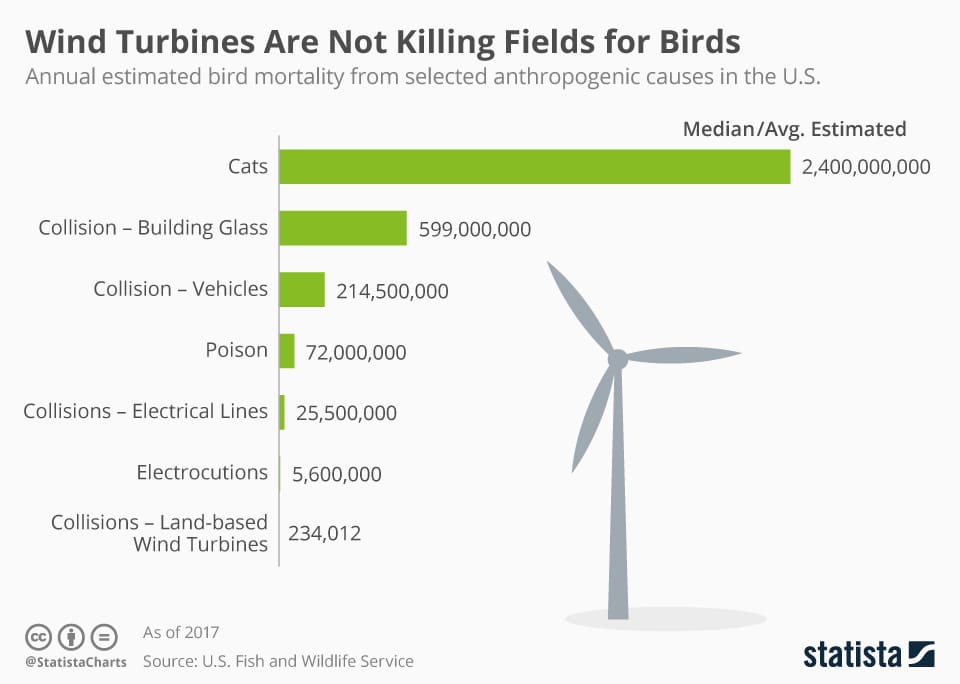
That said, ecologically important bird (and bat) populations should never be collateral damage in the battle against climate change.
Benj Sykes, VP and head of environment, consenting and external affairs at Ørsted, the world’s largest offshore wind company, says “it’s imperative that we continually improve our understanding of bird behaviour, so we can design and build wind farms that actively deliver net-positive biodiversity outcomes.”
Ørsted has invested in Spoor, a fast-growing Norwegian startup whose cutting-edge environmental impact assessments using proprietary biodiversity monitoring technology enables the wind industry to measure and report on bird impact, operationalise analysis, and implement deterrent measures at wind power installations, particularly offshore.
Old blades piling up in landfill sites
While wind will keep blowing forever, the turbines needed to turn wind into energy do eventually wear out and need replacing. And with many of the earliest wind farms around the world approaching decommissioning, recycling is a high priority for the wind industry to reduce waste and environmental impact. Wind energy trade association WindEurope anticipates around 25,000 tonnes of blades will reach the end of their operational life annually by 2025.
The exciting news is that, when they reach the end of their 25-year lifespan, almost 100% of the materials used in the manufacture of a wind turbine - including fibreglass blades - can now be recycled.
Startup Global Fiberglass Solutions recently brought to market the breakthrough in industrial fibreglass waste recycling the wind energy industry had long been waiting for. The composite fibreglass waste from retired blades is given a second life, and is currently being used for manufacturing-grade fibres, pellets, construction materials, panels, and more.
Siemens Gamesa, the world’s only company operating at a global scale across the entire wind spectrum - onshore, offshore and services - also recently launched RecyclableBlade, the world’s first recyclable wind turbine blade for commercial use offshore. It’s made with a new type of resin that can be efficiently separated from the other components of the blade at the end of its use. Those materials can then be reused.
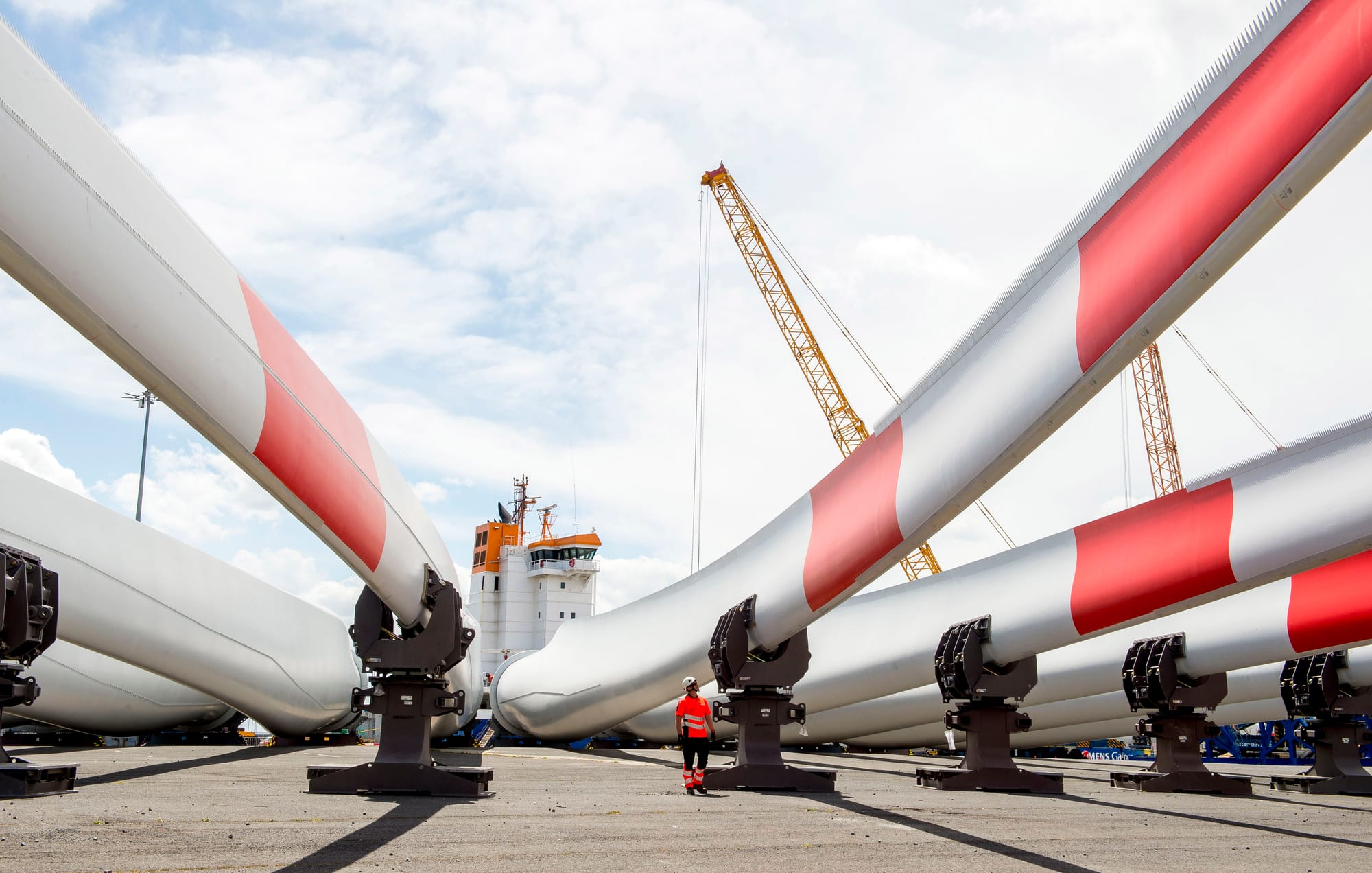
Noise pollution
A wind turbine produces two kinds of low-level noise. The first is an aerodynamic ‘whooshing’ sound created when the turbine blades pass through the air. The second is a mechanical hum caused by the generator at the top of the turbine tower behind the rotors.
A common issue that arises during the planning and development of a wind farm is the NIMBY (‘not in my back yard’) phenomenon, which often stems from a notion that wind turbines are noisy, and continuous exposure has adverse effects on health and well-being. Although it’s only a tiny minority who vocally object to wind, the media thrives on controversy, and politicians follow the media.
As the wind energy industry has matured over the last few decades, manufacturers have made great strides minimising the amount of noise that turbines generate. So much so that the wind itself is often noisier than the turbine.
And in its Environmental Noise Guidelines, the World Health Organisation states there is very little evidence available showing adverse health effects of continuous exposure to wind turbine noise, provided there is a safe setback distance between a turbine and a residential property. A well-designed turbine produces around 35-45 decibels (dB) at a distance of 500 metres while in operation. To contextualise that, a kitchen refrigerator usually hums at around 50dB.
Other concerns related to potential public health impacts of wind farm emissions, including shadow flicker and infrasound, have been raised over the years. But dozens of independent, peer-reviewed studies conducted around the world have shown no reliable or consistent evidence that wind farms directly cause adverse health effects on humans.
Overall, the benefits to human health that come from the reduction of air pollution by producing clean, renewable wind power far outweigh the perceived health threats from wind turbines.
Harm to tourism
Given the importance visitors place on a country’s natural beauty, national tourism development authorities, like Fáilte Ireland, have conducted studies to assess visitor attitudes towards wind farms.
In general, people seem positively disposed towards the development of wind farms. And there is no evidence to suggest that tourists are deterred by seeing onshore wind turbines in rural settings. That said, the preference amongst tourists for wind farms with a smaller number of turbines does need to be taken into account.
Too many wind energy developments in a particular area, either onshore or offshore, should be avoided. And a balance must be struck between the value of the most scenic landscapes as a tourism asset, and the development of further wind farms to meet carbon reduction targets.
However, there’s no reason why wind energy development and tourism can’t co-exist. Take ScottishPower's Whitelee Windfarm, for example. Located just 20 minutes from central Glasgow, it’s not only the largest onshore wind farm in the UK (generating enough electricity to power over 350,000 homes), but it also serves as an eco-tourism hub for the community. With an educational visitor centre, and more than 130 km of trails for walking, running, cycling and horseback riding, you can see, up close and personal, the exciting green energy transition in action.
The road ahead
The future SuperGrid - an interconnected, continental scale electricity transmission system - will be based on a diverse mix of renewable energy sources - including but not limited to: onshore wind, offshore wind, solar power, hydroelectric generation, sustainable biomass, geothermal heat, and wave or tidal energy - complemented by conventional energy sources.
